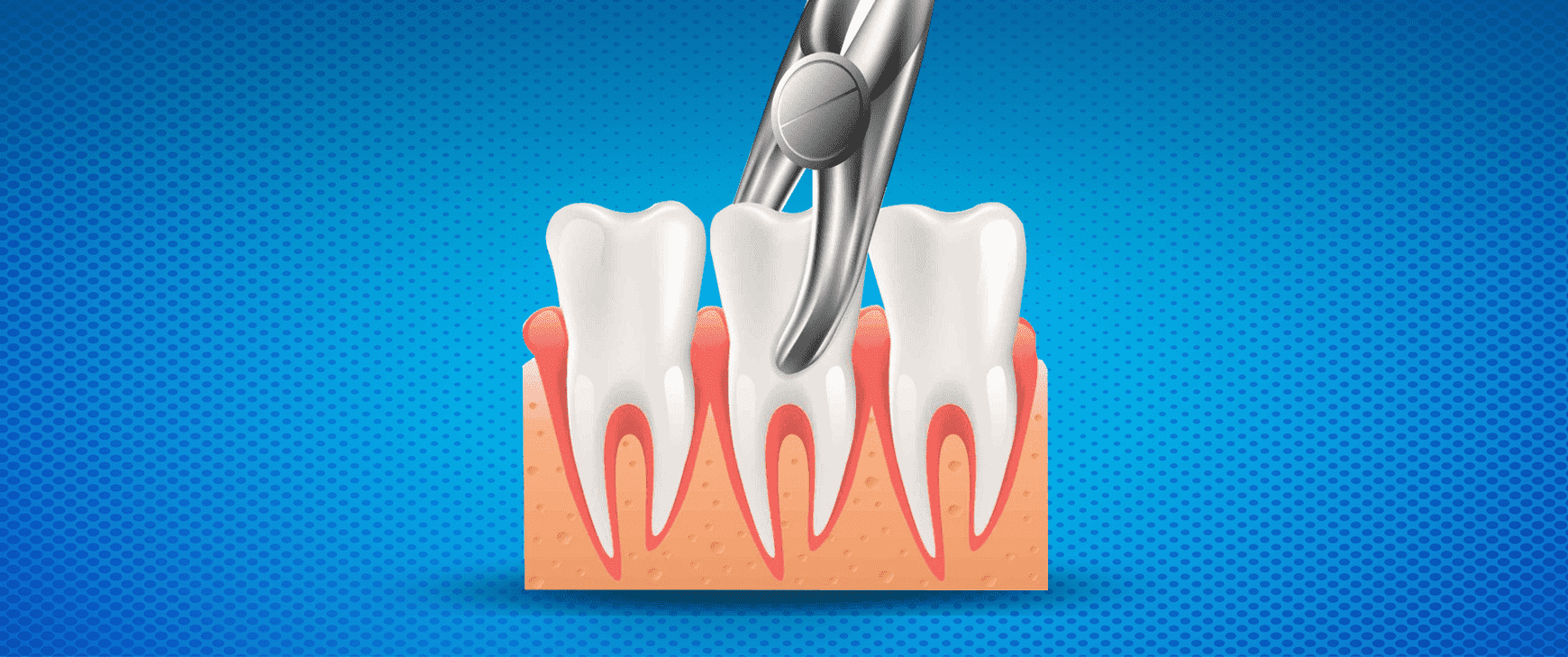Tooth Extraction
Salih ÖNDER2023-10-26T15:01:54+03:00Various problems that threaten oral health may require tooth extraction. Problems such as excessive tooth decay, tooth infection, procedures associated with orthodontic treatment and crowding may require tooth extraction. Also, people who have undergone chemotherapy or have had an organ transplant may need tooth extraction to maintain their oral health.
While many patients have pain problems before extraction, correctly applied tooth extraction is almost painless and has a fast recovery time. Patients can resume their normal functions within a reasonable time after the application. Experience is important when it comes to all medical conditions, not just oral health conditions. The extraction technique is more important than the force applied in tooth extraction. In Hospitadent branches equipped with modern equipment, you can safely have tooth extraction with specialist physicians.
How is tooth extraction done?
While the removal of visible teeth can be done with a simple extraction procedure, teeth that are broken or remain below the surface may require a more serious surgical operation. Before starting treatment, your dentist will take an X-ray of your tooth. Antibiotics may be prescribed before the shot to make sure all conditions are stable or treated.
Tooth extraction can be performed simply or surgically, depending on whether your tooth is visible or affected. Most of the visible teeth can be removed with a simple extraction process. Your doctor injects a local anesthetic to numb the area and prevent you from feeling the pain, and uses an instrument called an elevator to rock the tooth back and forth. After the tooth is loosened, it is carefully removed with forceps. This procedure typically requires only local anesthesia (injection) and usually only takes a few minutes. After the tooth is removed, a blood clot forms in the formed cavity. The dentist will fill the cavity with a gauze pad to stop the bleeding.
More complex techniques and a surgical extraction may be required in the following situations:
- If the tooth is broken at the gum line
- If the tooth is not yet visible
- If the tooth has broad or curved roots
Combined anesthesia applications can be performed during a surgical tooth extraction. Both methods are virtually painless, despite the pressure or pulling sensation.
Wisdom Tooth Extraction
Wisdom tooth extraction is a common type of tooth extraction that may require simple or surgical treatment. Everyone is born with wisdom teeth, but not all teeth erupt and not everyone has four wisdom teeth. A wisdom or wisdom tooth, which usually develops in the young or twenties, should be extracted if it is bruised, infected, or causes pain.
Although many patients do not feel any indication that their teeth need to be extracted, it is a common problem to feel pain or pressure due to the movement of their wisdom teeth. If your teeth are placed correctly, they do not cause dental problems and do not need to be removed. Wisdom tooth extraction is done with a simple extraction and after a healing period of a few weeks, the tissue is started to regenerate to close the hole formed after the extraction.
How To Care After Tooth Extraction?
Although dental care differs according to the type of tooth extraction, you can usually expect healing within 7 to 10 days. During this process, it is important that you do your best to keep the blood clot formed in the place of the extracted tooth, because the blood clot will help the tissue to regenerate. Dislocation of the clot can cause a complication called dry socket, which can be quite painful.
Managing pain after tooth extraction is a top priority because most people experience some discomfort or pain after tooth extraction. Your dentist may prescribe antibiotics to treat or prevent infection. Ice application can reduce any swelling on the chin or cheeks. Generally, swelling and bleeding continues until only a day or two after tooth extraction. Pain caused by tooth extraction ceases after a few days.
Treatment Summary
Number of Transactions
2-3
Return to Work Process
Now
Processing Time
10 Days
Full Recovery Process
Now
Anesthesia Method
Local anesthesia
Persistence of Results
5 Years
Sensitivity Process
Non
Eating - Drinking Process
2 Hours Later
Note: *The information and recommendations on this page are for informational purposes only. Please consult your doctor for diagnosis and treatment. WhatsApp line.
Bütün İşimiz Diş


